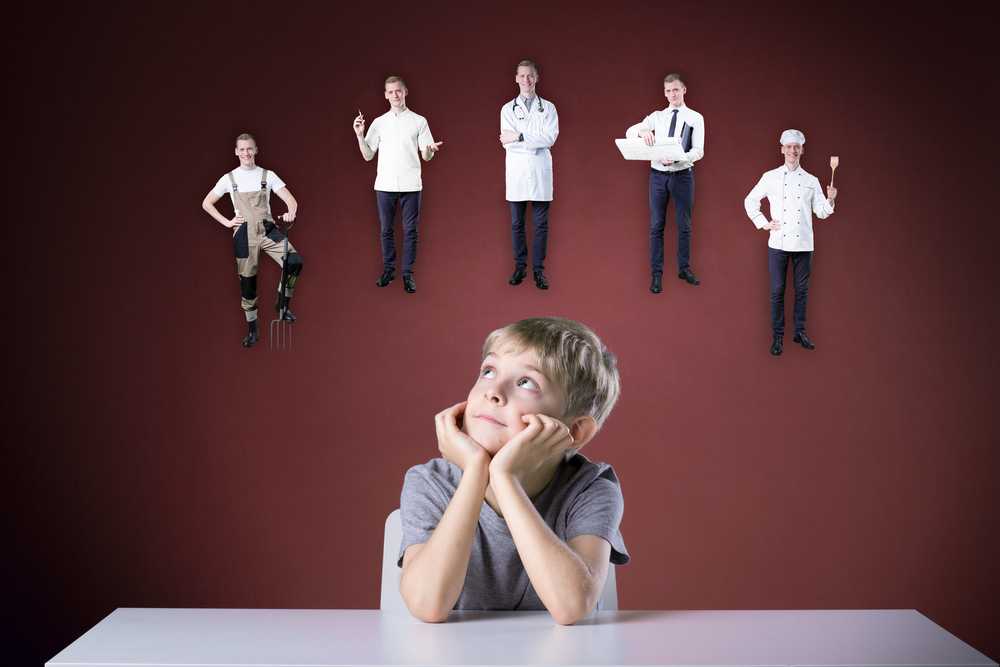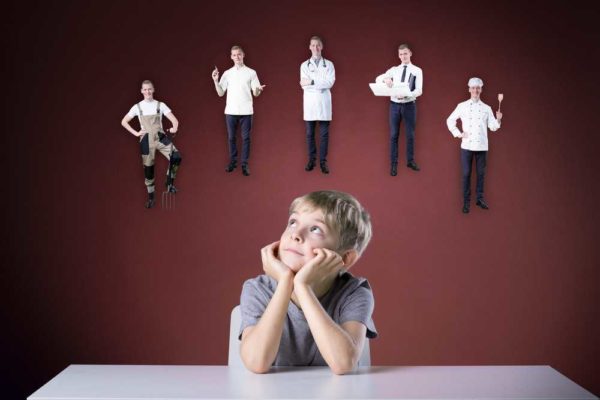As one district proves, you don’t have to wait until high school to expose students to their futures
 Ask a third grader what she wants to be when she grows up and she might say “a doctor.” Adults know that anyone with a doctorate is technically a doctor, but for a young mind their idea of what a doctor is or does is narrow. It is only through repeated exposure to careers that students begin to expand those definitions and begin to think about their futures. At the Kankakee School District in Illinois, where I graduated from and now serve as superintendent, it’s a process that begins as early as preschool.
Ask a third grader what she wants to be when she grows up and she might say “a doctor.” Adults know that anyone with a doctorate is technically a doctor, but for a young mind their idea of what a doctor is or does is narrow. It is only through repeated exposure to careers that students begin to expand those definitions and begin to think about their futures. At the Kankakee School District in Illinois, where I graduated from and now serve as superintendent, it’s a process that begins as early as preschool.
Research shows that the earlier and more often you talk with young children about careers, the more students will envision themselves going to college and working in those fields. Without the consistent conversations, a student may never pursue secondary education or have a solid career at all.
From the time a student walks through the door of a school in Kankakee School District to the time they walk across stage to receive their high school diplomas, they are constantly transitioning to their next stage of life.
At Kankakee, the magnet and gifted-student programs traditionally got most of the district’s focus, creating a significant achievement gap for students on the general education track, which was filled with watered-down expectations, creating a slippery slope that pulled the entire district down. At one point, half of students in grades two through nine failed to meet local assessment expectations. The way our community and school is structured, with high-achieving magnet programs, there is really no excuse for us to be a low-performing district.
Something drastic had to be done to level the playing field, and college and career readiness looked like the best way to do it.
Next page: PBL meets college and career readiness
A new approach
At the beginning of the 2015 school year, we implemented a new K-8 reading and math curriculum, and renamed general ed “College and Career Academy Classrooms.” It was the perfect opportunity to reinvent the program to wrap in a number of key objectives, such as Common Core State Standards, real-life application, and career exploration, through the lens of a project-based learning environment.
The goal was to give students a taste of what a career as a police officer or a doctor would really be like, and what it takes to work in those fields. To ensure each student was exposed to a variety of different careers, I created a virtual career wheel for teachers to follow. Each grade level focuses on a different segment of careers. As students move through elementary school they are able to explore a variety of fields and recognize where their interests lie. First graders, for example, focus on careers in agriculture, food, and natural resources, while third grade students hone in on business, marketing, and management. While implementing the Common Core, teachers tied in the career theme so students could see how the skills they learn today will help them tomorrow and beyond.
Power to explore
During the year, students do four hands-on, cross-curricular projects to further experience what it takes to work in a specific career. Through the virtual wheel, teachers can log on and choose from dozens of projects within a career strand and align them with what’s being learned in class. We use the curriculum supplement Defined STEM, which breaks down tasks by grade level and keeps all lesson materials such as articles, videos, and rubrics in one spot. The tasks allow students room for individual creativity while testing the problem-solving and collaboration skills they have learned in all subjects.
The projects make the career wheel come alive, because students can apply their classroom knowledge and make connections to the real world. The format changes the students’ mindset: They learn to think like an engineer, designer, doctor, or whatever position is relevant to the task. The hands-on projects also allow students to explore career options they may have never thought of.
Think back to the example I used earlier—the third grader who says she wants to be a doctor. The career wheel we’ve set up is designed to show her and her peers how many different types of specialized doctors are out there, and that there are other professions in the medical field such as a nurse, EMT, or surgeon. It takes their interest and dissects it to open their minds to career fields they may have never been exposed to until later in life. By connecting what they’ve learned in the classroom to what they’re seeing outside the classroom, they’re able to recognize relevance in the lessons, which gets them excited about their future in learning.
Though newly implemented, the career wheel model has our entire community talking, and slowly we’re changing the way the general education track is viewed. Setting cognitive ability, skill level, and achievement aside, we’ve made college and career options available to all students, creating equity in our once segregated system. As a superintendent, ensuring that all students get the best education possible is my highest priority, but as a long-time member of the community, helping guide and educate our future doctors, police officers, and farmers in the place I know and love means even more.
Dr. Genevra Walters graduated from the Kankakee School District and now holds the position of superintendent of schools.
- TC- What student choice and agency actually looks like - November 15, 2016
- What student choice and agency actually looks like - November 14, 2016
- App of the Week: Science sensor meets your smartphone - November 14, 2016

